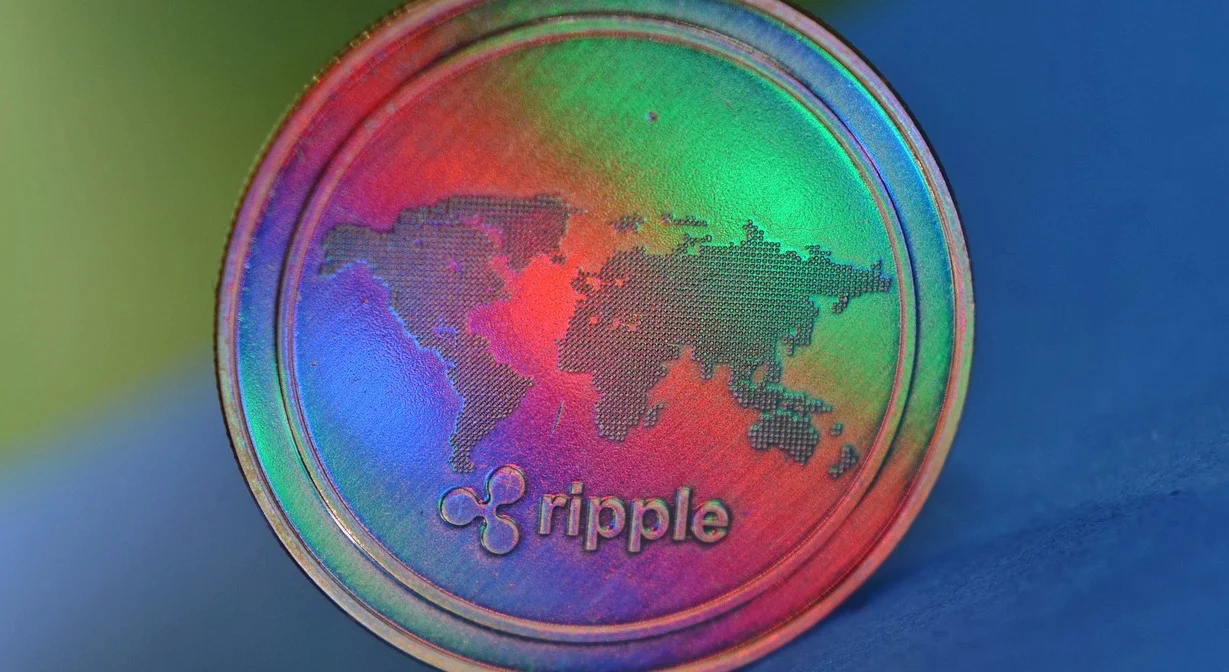Unlock the meaning behind the cryptocurrency code XRP and explore its unique connection with Ripple. Dive into a world where tradition meets innovation.
The question “What does XRP stand for?” might seem deceptively simple at first glance. However, its answer invites us to a captivating exploration of the global financial landscape and the rising sphere of cryptocurrencies. Let’s break it down to understand its intricacies better.
Understanding International Currency Codes
To fully comprehend the genesis of XRP, we first need to delve into the formation of international currency codes. Traditional three-letter currency codes have a systematic construction. They are typically generated by appending an extra character to the two-letter country code of the issuing country.
For example, the United States’ country code is “US.” Therefore, the currency code for US Dollars is “USD.” This rule applies to regions as well, not just countries. The European Union, although not a country, uses “EUR” as the currency code for Euros, drawing from its own regional code, “EU.”
The “X” Factor in Non-Country Assets
What about assets that are not associated with a specific country? Here is where the “X” factor comes into play. For all assets not issued by any country, the first letter of the currency code must be an “X.” This rule is so stringent that no country codes starting with “X” will ever be issued.
Gold is a perfect example to illustrate this. The chemical symbol for gold is “Au,” and as it’s not an asset issued by any country, the currency code for gold becomes “XAU.”
Incorporating Standards in Cryptocurrency Codes
The world of cryptocurrencies, despite being a relatively new industry, follows these traditional financial standards as well. While many people use “BTC” as the abbreviation for Bitcoin, the correct, standards-compliant terminology is “XBT.” This is due to the fact that Bitcoin, like gold, isn’t issued by any country, and therefore follows the “X” rule for its currency code.
So, What Does XRP Stand For?
Drawing upon these financial standards, we arrive at XRP — the unique code for a trailblazing cryptocurrency. The coin was created not by a country or a company, but by a group of visionaries who later founded Ripple, a pioneering company in the world of digital payment protocols. However, a critical distinction must be highlighted here: Ripple did not create XRP, it simply utilizes this digital currency within its payment ecosystem.
In the formative days, the native asset on the XRP Ledger was casually referred to as “ripples.” From this, the logical choice for a currency code following international standards was “XRP.” Although the term “ripples” has largely phased out of common usage, you might occasionally hear the coins referred to as “zerps” within the cryptocurrency community.

Ripple and XRP: Clarifying the Connection
Knowing what XRP stands for allows us to better understand the complex relationship between Ripple and XRP, two entities that are often, mistakenly, used interchangeably. This relationship perfectly illustrates the dynamic interplay between tradition and innovation in the cryptocurrency domain, resulting in the unique identity of XRP.
Conclusion: The Importance of Understanding XRP
Unraveling the layers of what XRP stands for is not an academic exercise in futility. It provides insights into the diversity and innovative spirit embedded in the heart of digital currencies. The world of cryptocurrency is vast and intricate, brimming with intriguing details that offer enthusiasts and investors a greater understanding of this emerging market. As cryptocurrencies continue to evolve and influence global finance, who knows what exciting revelations the future holds? One thing is clear: understanding these digital assets, like understanding what XRP stands for, will be increasingly important.